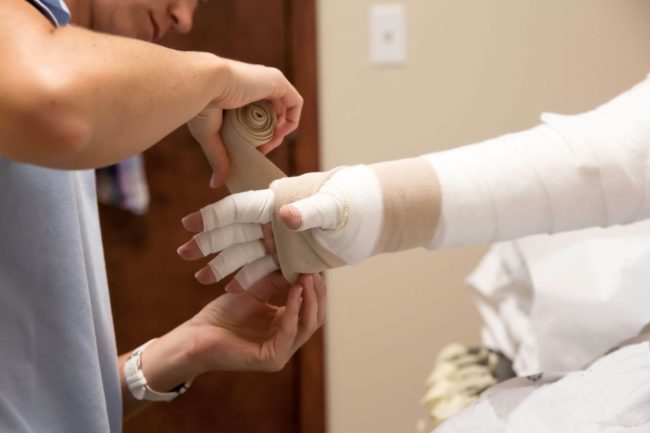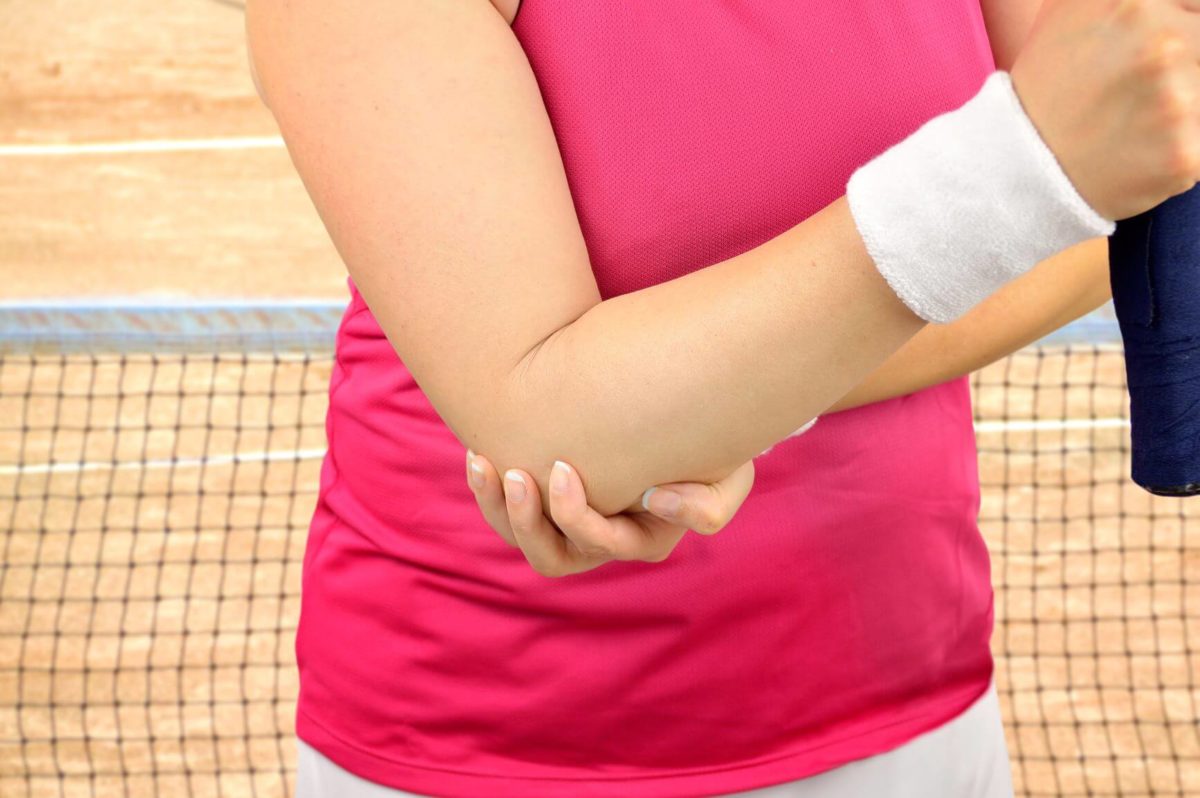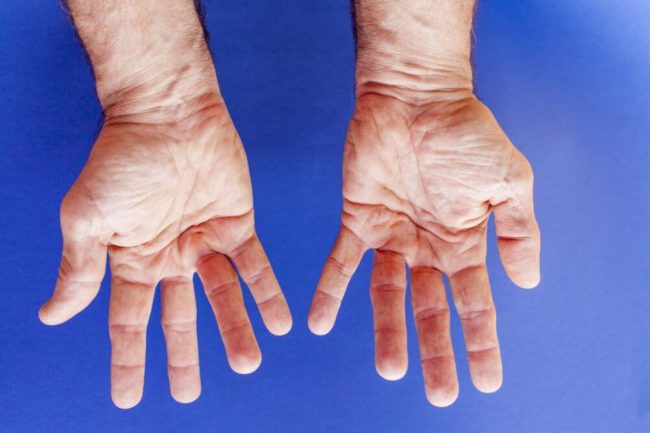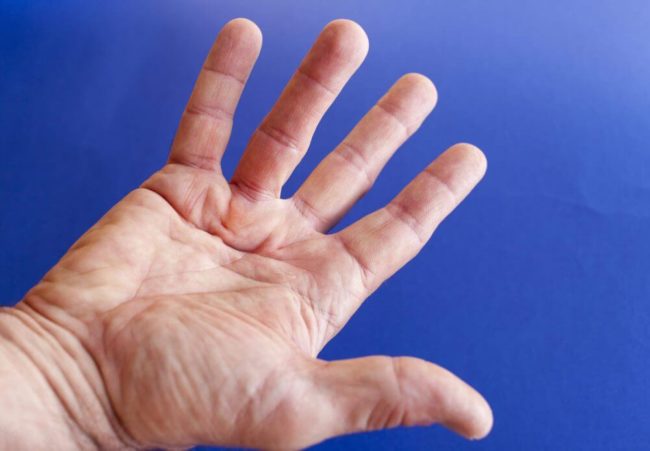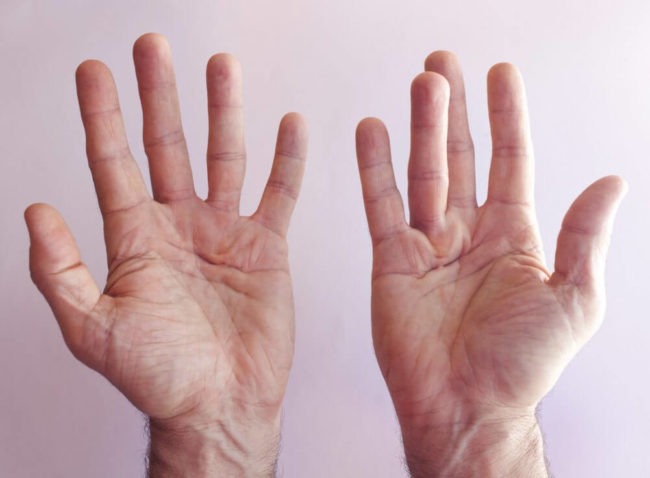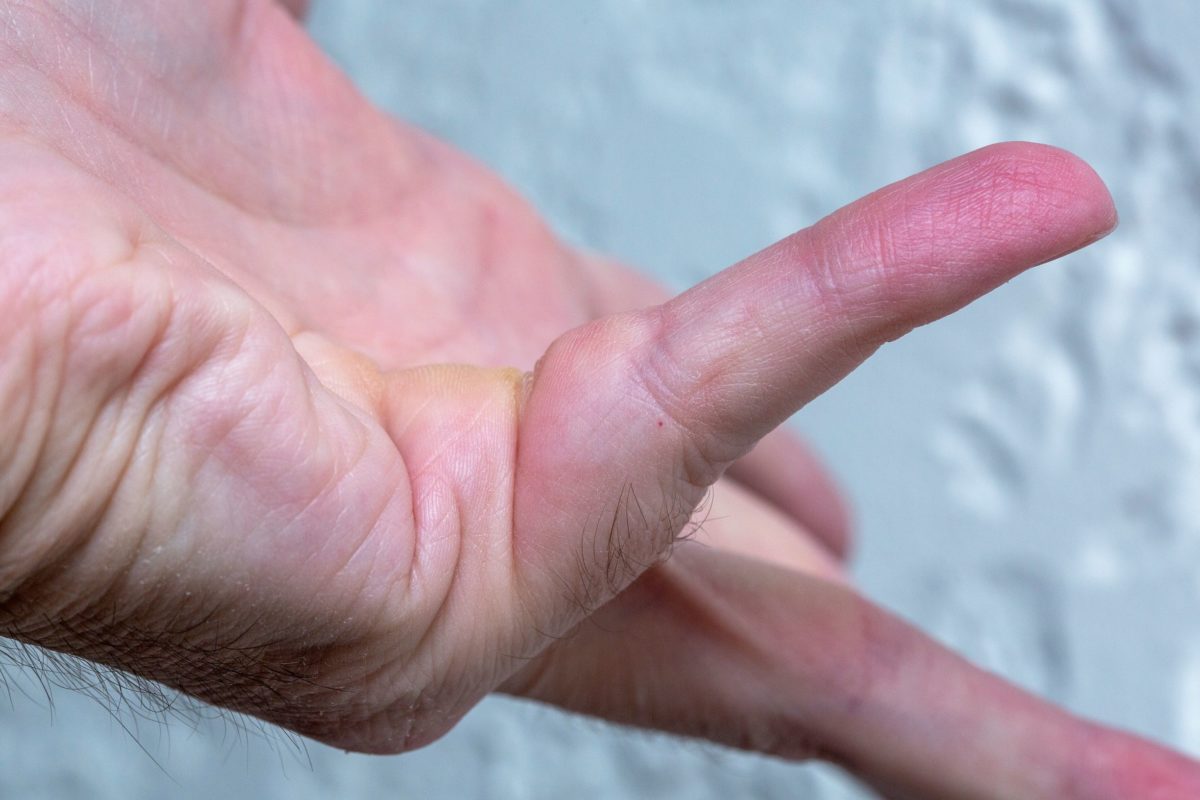Do you think you’re one of the approximately seven percent of Americans dealing with Dupuytren’s contracture? Do you even know what this surprisingly common condition is?
Read on to learn more about what Dupuytren’s contracture is and for some useful information on how to treat it and improve your quality of life.
What is Dupuytren’s Contracture?
Let’s start by clearing up what Dupuytren’s contracture actually is.
Dupuytren’s contracture, which is also known as Dupuytren’s disease, is a condition that involves the tightening and thickening of the fascia (connective tissue) of the fingers and palm of the hand.
Normally, fascia is very elastic. But, for people suffering from this condition, the fascia is tight, to the point where it can cause the fingers to curl inward. It can even cause severe deformities that limit overall hand function.
Common Causes
Dupuytren’s disease doesn’t have a single known cause. But researchers have found that it often runs in families, and people of certain heritages are more likely to develop it.
Those who are more susceptible to the condition include people of Northern European or Scandinavian descent.
Certain illnesses and lifestyle factors can influence a person’s likelihood of Dupuytren’s contracture, too. Common ones include:
- Excessive alcohol consumption
- Diabetes
- Epilepsy and seizure disorders
- Smoking
Men who are in their 40s or older are also more likely to develop Dupuytren’s disease than women. For both genders, the chances of being diagnosed increase with age.
Symptoms
How do you know if you have Dupuytren’s contracture?
Most people start by noticing small lumps, or nodules, under the skin on the palm of their hand. The nodules will usually be sore and tender at first, but the discomfort will subside with time.
After they first develop, these nodules will cause tough bands of connective tissue to appear under the skin. These bands will cause the fingers to curl inward and will hinder one’s ability to straighten their fingers.
The ring and pinkie fingers often are affected first.
Dupuytren’s contracture usually affects both hands, but one hand may present more serious symptoms than the other.
As the condition progresses, it can become difficult to perform everyday tasks like placing your hands in your pockets or picking up large objects. Even actions like shaking hands, wearing gloves, or placing your hand flat on a surface become challenging.
When Should You See a Hand Doctor?
The sooner you speak to a doctor about your condition, the sooner you can start treatment and avoid the debilitating symptoms that occur as the disease progresses.
If you notice lumps on your palm — even if they’re not painful — you should make an appointment with the doctor.
If you’re already experiencing more advanced symptoms, like difficulty straightening the fingers or grasping objects, it’s even more important for you to make an appointment.
Diagnosis
When you visit the doctor, he will examine your wrists, hands, and fingers. He will pay special attention to the palms to check for nodules and count how many are currently present.
The doctor will also most likely have you perform a series of tasks to see how far the disease has progressed. Common tests include:
- Placing your hand flat on a table
- Grasping and pinching items with the hands and fingers
- Checking the amount of feeling you have in the fingers and thumbs
- Measuring range of motion
The doctor will repeat these tests and exams regularly to see if your condition is improving or getting worse.
Nonsurgical Treatment Options
Dupuytren’s contracture doesn’t have a cure. However, there are also a number of nonsurgical treatment options that the doctor will suggest first to help you manage your condition and improve your quality of life.
Some common nonsurgical treatments that the doctor will likely start with include:
Stretching
When Dupuytren’s disease is in its earliest stages, many doctors start by recommending regular stretching exercises to improve range of motion and slow the disease’s progression.
Common exercises include flexion exercise, grip strengthening exercises, and isolation exercises.
Steroid Injections
An injection of corticosteroids, a type of anti-inflammatory medication, can help reduce the size of nodules when the disease is in its early stages. They also can help slow the progression of Dupuytren’s contracture.
But, if the thickened tissue has already formed, or the fingers are already starting to curl, steroid injections don’t seem to be particularly effective.
Enzyme Injections
Your doctor may also try injecting an enzyme mixture into the thickened tissue to try and loosen it up. After the injection, doctors sometimes try to stretch and straighten out the fingers.
Enzyme injections can be effective, but most people require two to three of them before they see improvement. They also come with some minor side effects like swelling, bruising, and bleeding.
Less Effective Treatment Options
Some doctors recommend treatments like low energy radiation, ultrasound, or Vitamin E cream to treat Dupuytren contracture. These treatments are not well researched and generally are not as effective as the options mentioned above.
It’s also important to avoid splinting your fingers. It might seem like a good idea to force the fingers to straighten. But, the force from the splint can actually backfire and cause the finger to curl inward faster.
Surgical Treatment Options
After trying nonsurgical treatment options, your doctor may suggest surgical intervention if your condition doesn’t seem to be improving.
There are three different types of surgery that doctors perform to treat Dupuytren contracture:
Needle Fasciotomy
Also known as a percutaneous needle fasciotomy or a needle aponeurotomy, this is an outpatient procedure that is performed with just a local anesthetic.
During this procedure, the doctor will insert a fine needle or very sharp blade into the connective tissue of the palm or fingers. They’ll then use the needle or blade to divide the bands and release the tension that causes the hands to curl.
Some of the benefits of this procedure include:
- Fewer deformities of the hand
- Faster recovery
- Low risk of complication
A needle fasciotomy is also a good option for older patients for whom extensive surgery is not safe.
Open Fasciotomy
Another option is an open fasciotomy. This procedure is usually used for more severe cases. There is more long-term relief from an open fasciotomy compared to a needle fasciotomy, but it’s also more extensive.
An open fasciotomy is an outpatient procedure, like a needle fasciotomy, and it’s performed under local anesthetic.
During this procedure, the doctor will create an incision to access and divide the thickened connective tissue to improve your ability to straighten your fingers. They’ll then seal the wound with stitches and apply a dressing.
Since the wound is larger from this procedure, recovery time is a bit longer. You’ll also need to plan for a second appointment to have the stitches removed, and you’ll likely have a scar left over.
Fasciectomy
The most invasive surgical option for Dupuytren contracture involves removing the thickened bands of tissue altogether.
There are three different variations of a fasciectomy:
- Regional: The doctor removes the affected connective tissue through one large incision
- Segmental: The doctor removes small segments of tissue through one or more small cuts
- Dermofasciectomy: The doctor removes affected connective tissue and overlying skin that may be damaged, then seals the wound with a skin graft
Unlike the other two options, a fasciectomy will most often be carried out under general anesthetic. You’ll be unconscious during the procedure and won’t feel any pain.
Because of the use of general anesthesia, there are more risks that come with a fasciectomy. But, complications are still unlikely, and the results of a fasciectomy usually last longer than the results of a needle or open fasciotomy.
Potential Complications
Complications are quite rare. But, the most frequently experienced ones include:
- Infection
- Potential nerve or blood vessel injury
- Permanent stiffness in the fingers
In the months following your surgery, it’s common to experience some swelling and discomfort.
Recovering from Hand Surgery
Most people see significant improvement in the range of motion in their fingers following surgical intervention, especially with the help of physical and occupational therapy.
After surgery, you’ll probably be able to return to your daily activities, including driving, after about three weeks. Recovery can be a bit longer for people who have had skin grafts.
You should refrain from heavy manual labor and intense physical activity for about six weeks to ensure proper healing.
Chances of Recurrence
Surgery is highly beneficial, especially for people who are experiencing limitations in their daily activities as a result of Dupuytren’s contracture.
However, it’s important to note that there is a chance that the condition will return. People with a strong family history or those who had particularly severe contractures are more likely to experience a recurrence after surgery.
The chances of recurrence are also higher in needle fasciotomies than fasciectomies. Dermofasciectomy has the lowest risk of recurrent (less than one in ten).
Get Treatment for Dupuytren’s Contracture Today
Do you think you’re suffering from Dupuytren’s contracture? Are you looking for treatment and relief from your symptoms?
If so, contact us today at Arora Hand Surgery to schedule a consultation. We proudly serve people throughout the state of Michigan, and we’re eager to help you improve your symptoms and start feeling your best.
